We are living in a Pulp Rennaisance, whether you call it “New Pulp,” “Neo-Pulp,” or just “Pulp” there is definitely a resurgence in the world of Pulp Fiction.

What is Pulp Fiction?
Pulp Fiction is a genre of tawdry, action-based stories printed on cheap magazines. The pulp publications of the early-to-mid-1900s were made from cheap wood pulp paper, (which is where the name came from). These magazines had lurid, eye-catching cover art, designed to grab the attention of potential readers at magazine stands. With the advent of mass-market paperbacks, the pulps naturally expanded from short and serialized stories into pulp novels.
Most people associate “Pulp Fiction” with the 1994 Quentin Tarantino film, which was great and follows a lot of the traditional pulp tropes. However, Pulp Fiction has been around much longer than that. Pulp fiction evolved, morphed, and adapted into action flicks, hardboiled crime stories, and thrillers; which we consume on Netflix and on our bookshelves daily.
Here’s a little backstory on Pulps before we talk about today’s brand of Pulp Fiction. Because to know where we’re going, we must understand where we’ve been.
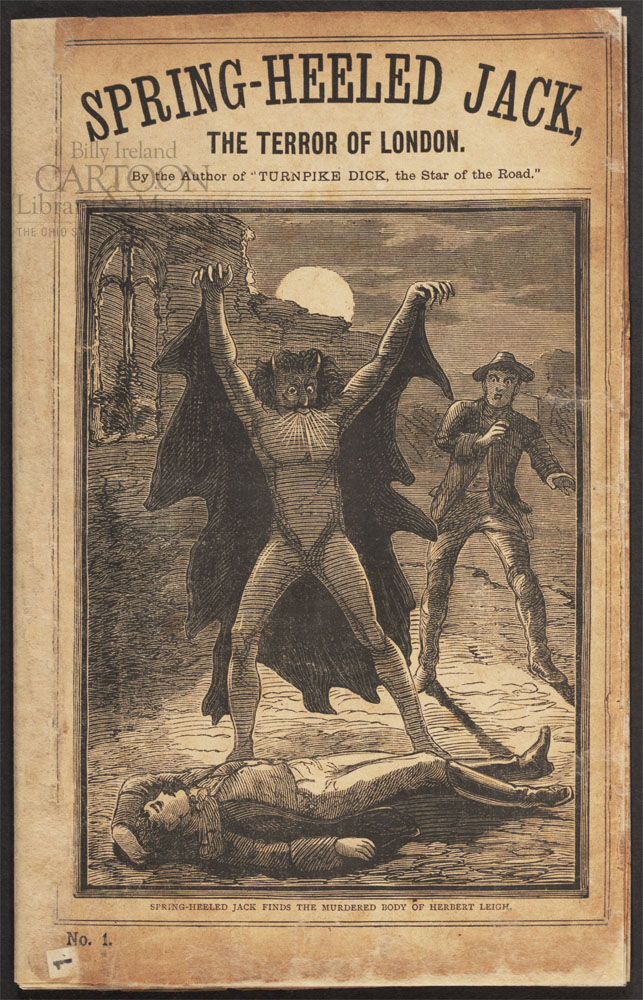
The History of Pulp Fiction
Originally known as Penny Dreadfuls or Dime Novels, Pulp Fiction started out in the late 1800s. These Penny Dreadfuls stemmed from Gothic Literature (Mary Shelley, Edgar Allen Poe, Jane Austen, the Brontë Sisters, Robert Louis Stevenson, Bram Stoker, and the adventure stories from Alexandre Dumas) themselves. This was the first time books really had “genres” (the word “thriller” was introduced in 1889). Naturally, publishers snatched at this trend to create magazines, i.e. Penny Dreadfuls.

With the exception of the story, The Three Apples, (aka The Tale of the Murdered Woman) from the story collection, One Thousand and One Nights (aka “Arabian Nights”). The modern day Detective Story’s origins come out in this timeframe with Edgar Allen Poe’s, The Murders in the Rue Morgue. This short story was highly influential and Poe’s C. Auguste Dupin became an inspiration for fictional detectives such as Sherlock Holmes and Hercule Poirot. Which they themselves went on to influence the mystery genre as we know it today.

Argosy Magazine, founded in the 1880s, is considered the first of the true Pulp Fiction magazine. The stories were cranked out rapidly, and the hungry freelance writers getting paid a penny a word kept the stories coming.
Pulp Fiction from the Turn of the Century to WWII
At first, the Pulp Rags like Argosy published a mixed bag of stories. It wasn’t uncommon to have a ghost story, a mystery, a western, and an aviation story all in one issue. Some cover examples:
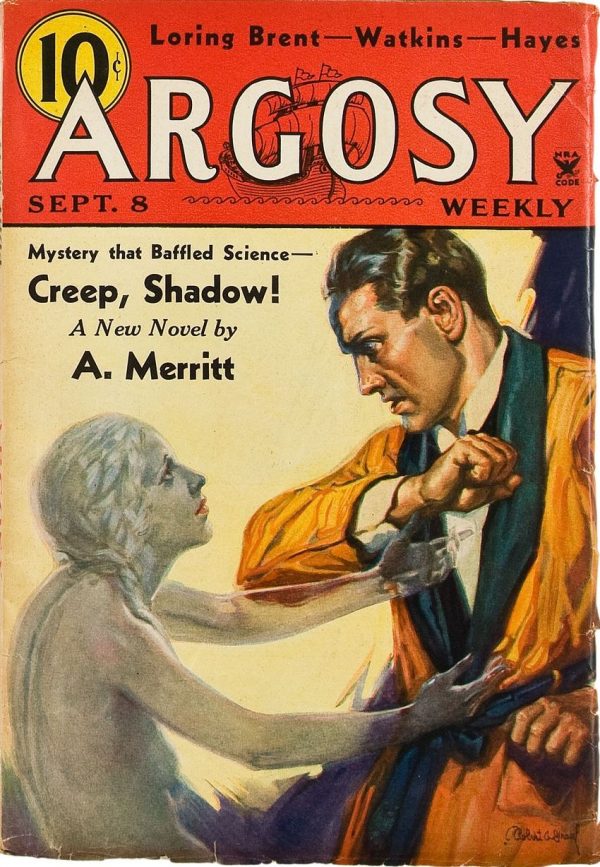
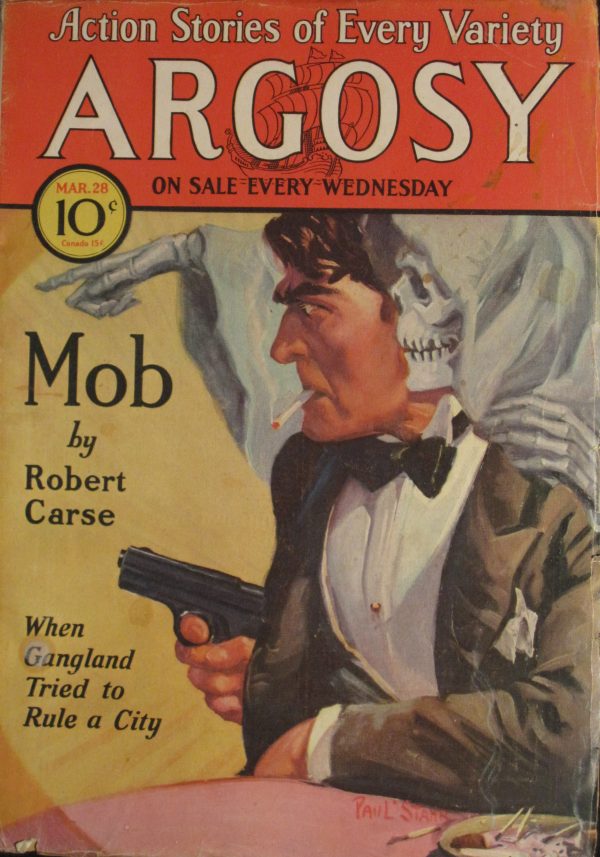



Sidebar: Airplanes were new and exciting at the time so, “Aviation Stories” was super popular and practically science fiction.
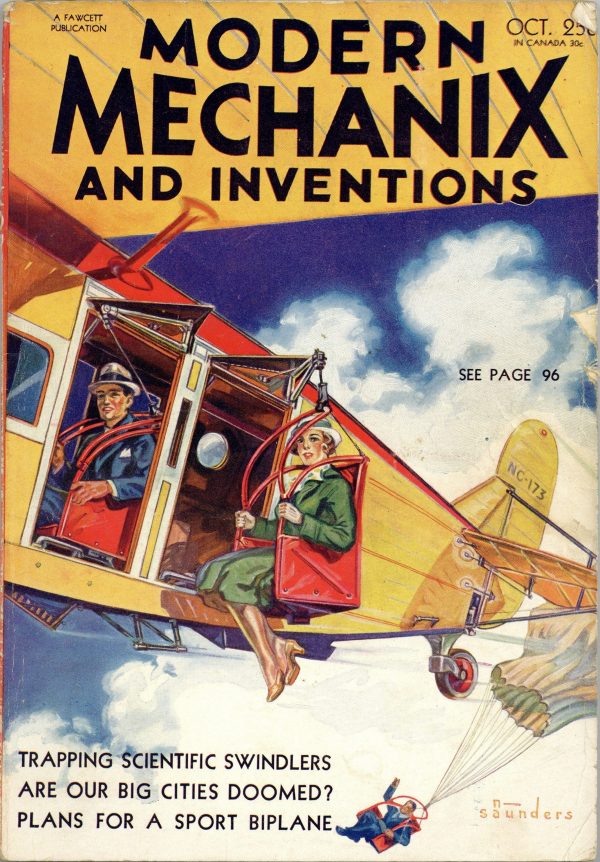
Eventually, these magazines specialized in one particular genre—with publications like Black Mask publishing mystery and detective stories and Weird Tales putting out Fantasy and Sci-Fi. Big writers during this time: Dashiell Hammett, H. P. Lovecraft, Raymond Chandler, and James M. Cain to name a few. Here’s some covers from that time:
Black Mask
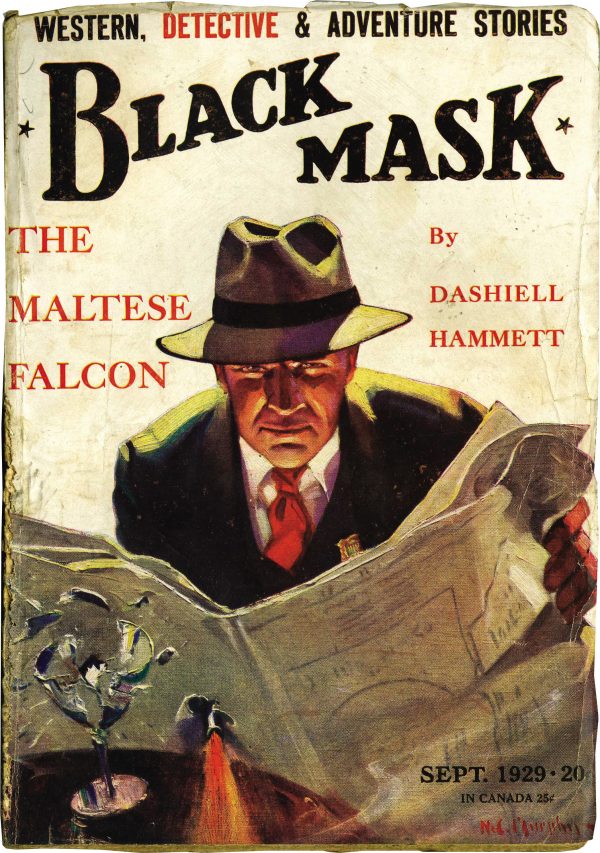
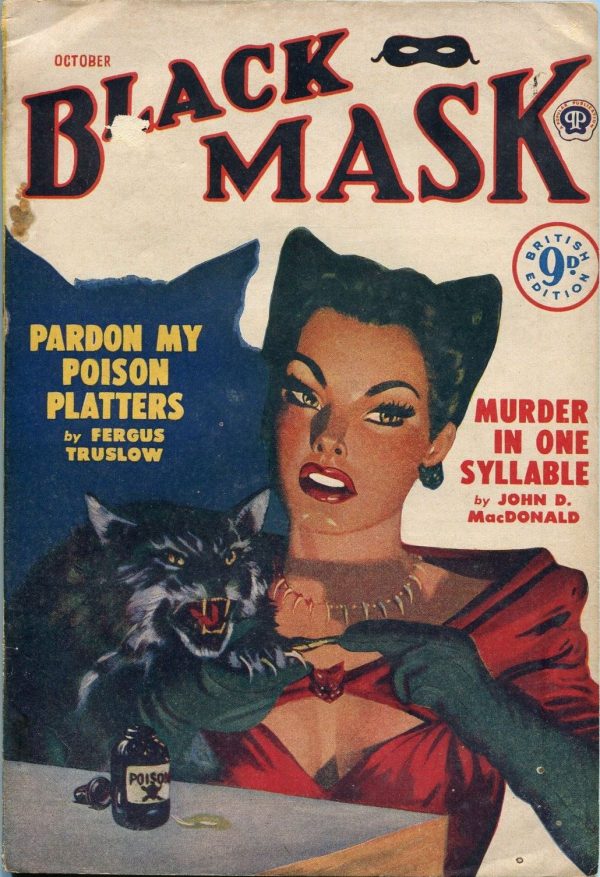
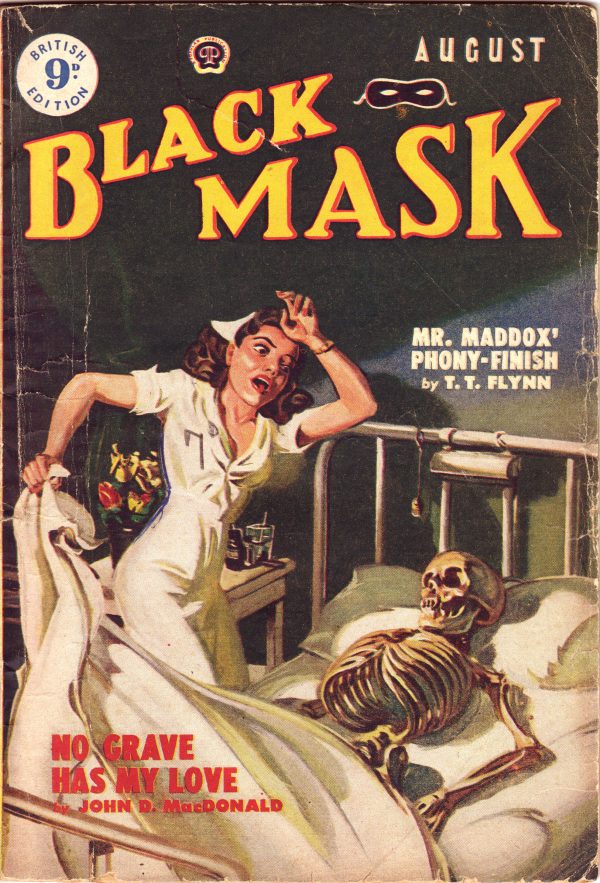
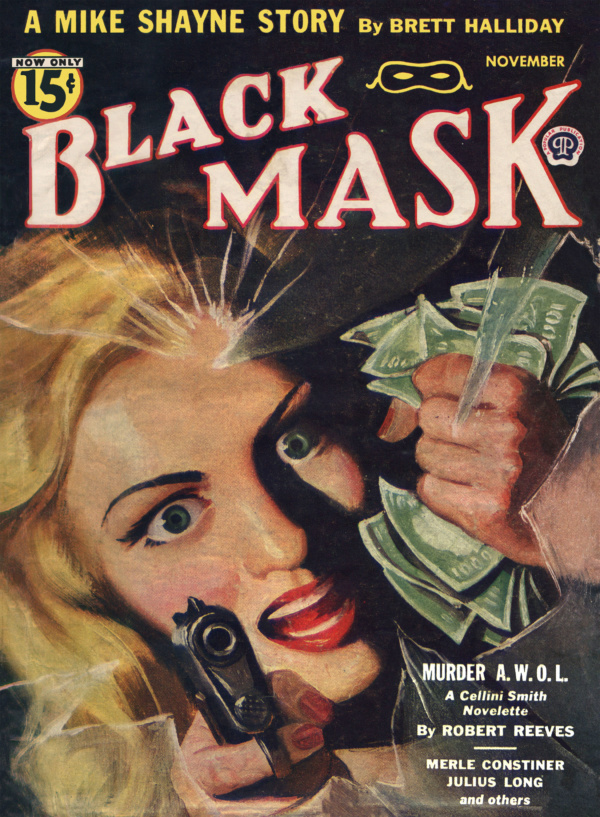
Weird Tales
Almost all of the covers below are by Margaret Brundage who was a favorite artist for Weird Tales. Most of her work depicted women in bondage. Knowing this, authors would insert unnecessary scenes depicting nude women being tortured to make sure their story ended up on the cover.
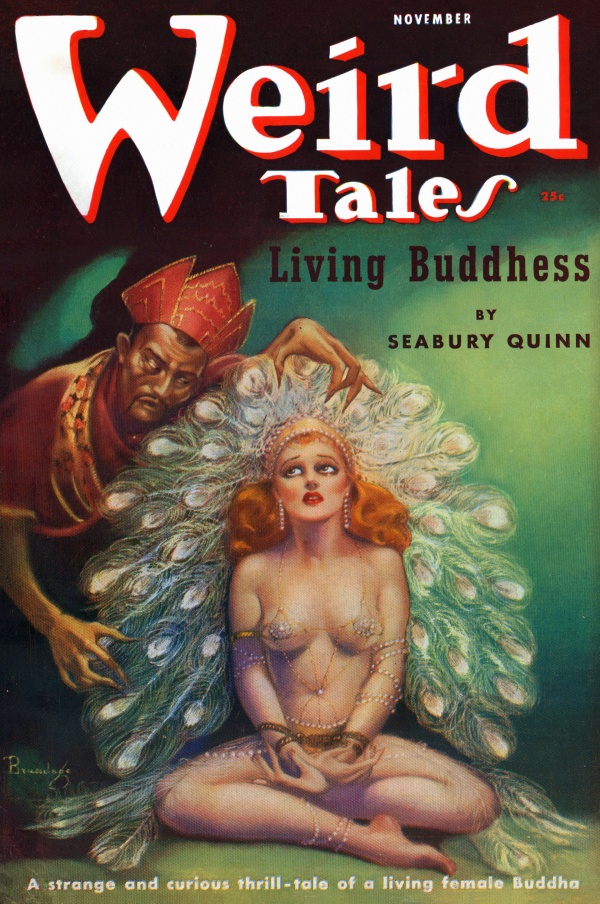
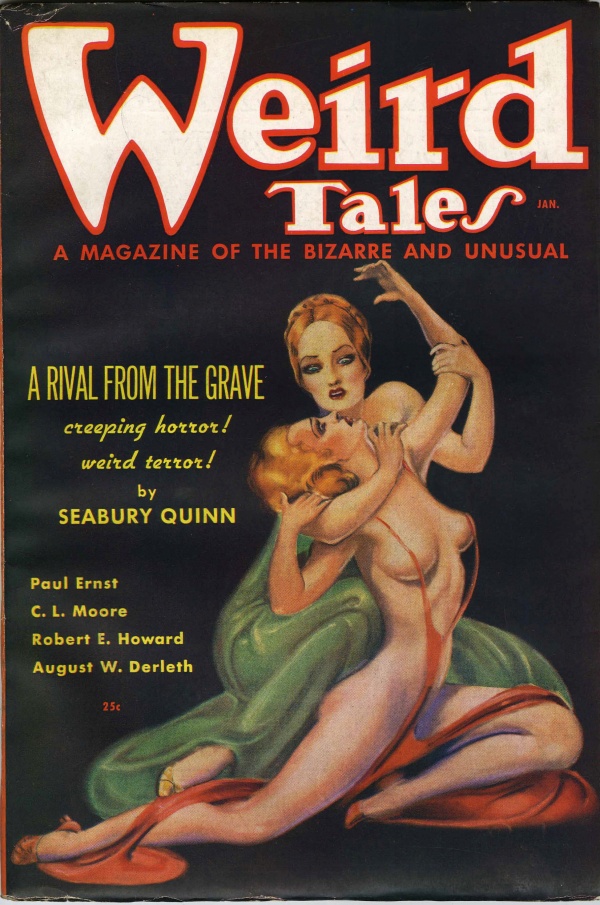

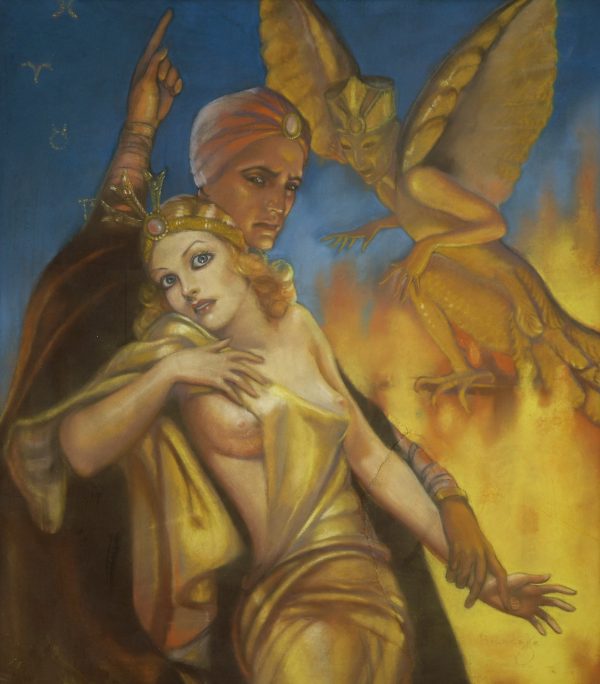

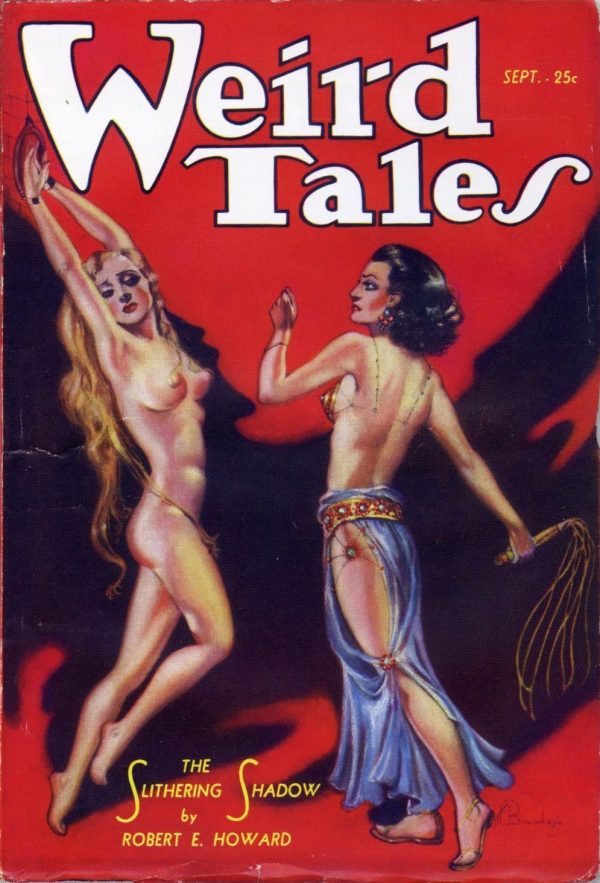
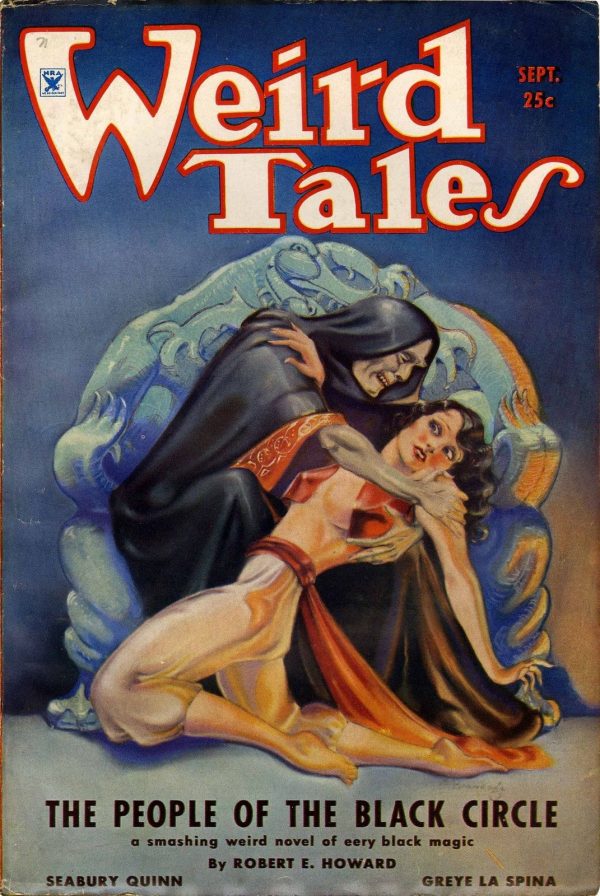

Post War Pulps
During World War II publishers gave away thousands of books to GI’s overseas ( <- click on that article, it’s interesting). Resulting in not only thousands of avid readers but a rise in the popularity of the paperback novel.

This era is considered the golden age of Pulps. With writers like Jim Thompson, Elmore Leonard, Ed McBain, Donald Westlake, Ray Bradbury, Kurt Vonnegut Jr., David Goodis, and Cornell Woolrich—it’s hard to argue with that murderer’s row of writers like that.

Around this time we also had Film Noir. Which was mostly the Pulp Fiction stories of the interwar period. We’ve written about film noir a lot so I won’t talk about it here, but there is a direct correlation between Pulp Fiction and Film Noir, that’s all I’ll say about that. With the Space Race, there was naturally an explosion of Science Fiction stories, films, and TV Shows. All of which stemmed from Pulp Fiction.
This is also the golden age of Men’s Adventure magazines like MALE, Stag, and For Men Only. These Men’s Mags featured World War II stories (Vietnam and Korea didn’t sell quite as well), true stories, true-ish stories, and stories of the Weasels Ripped My Flesh variety. If you’re interested in Men’s Mags, we highly suggest checking out menspulpmags.com. Between that and the Men’s Adventure Library—also by Bob Deis—you’re covered better than anything we could say on the subject.
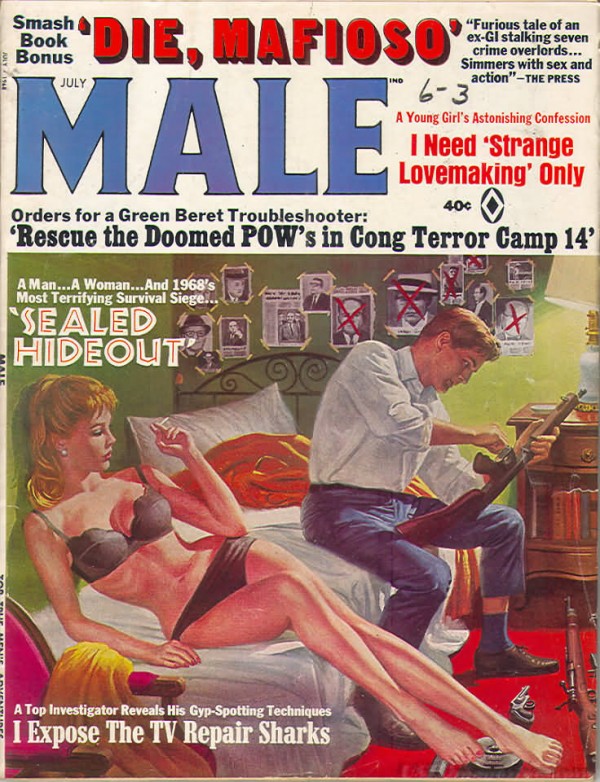
Around this time, a lot of people were dealing with post-traumatic stress from the war and had to worry about nuclear annihilation with the Cold War. So, it’s no wonder the novels and movies were a little bleak.
Counter Culture Pulp Fiction and Grindhouse Cinema

With Vietnam and Watergate people were once again disillusioned and the world was ripe for a new breed of pulp fiction. Where we once saw ideals, we now saw Rage. Literally, an awesome book that came out around this time called Bronson: Blind Rage by “Phillip Rawls” that we love here at the Pulps. And yes, it came out after Death Wish. Glorious Trash wrote about Bronson, check out the article here.
Even Robert B. Parker’s Spenser, a throwback private detective, was different. This was the first non-New Yorker, Angeleno, or San Franciscan to be a Private Shamus. He also has a steady girlfriend in the series, which is a nod to the women’s lib movement of the time.
This was a big shift in pulp fiction, which we talked about in this article, and Pulp Curry covers in multiple books you can find here.
Pulp Fiction Today

Even with the movie Pulp Fiction coming out in the 90s everything was going a little too nicely for a dark, bleak genre such as Pulp Fiction to really be popular. The Cold War had “ended” and the internet brought wonderful companies who rode the dot com bubble like Johnny Utah and Bodhi in Point Break.
But 9/11 and the wars that followed, the Great Recession, and the last four years of politics have created a perfect storm of events where the world is ready for a new era in Pulp Fiction.

Where there was once John Rambo, there is now James Reece. Hard Case Crime, Cutting Edge Books, Switchblade Magazine, Grizzly Pulp, and us of course, American Pulps are here to carry the torch Argosy lit long ago.
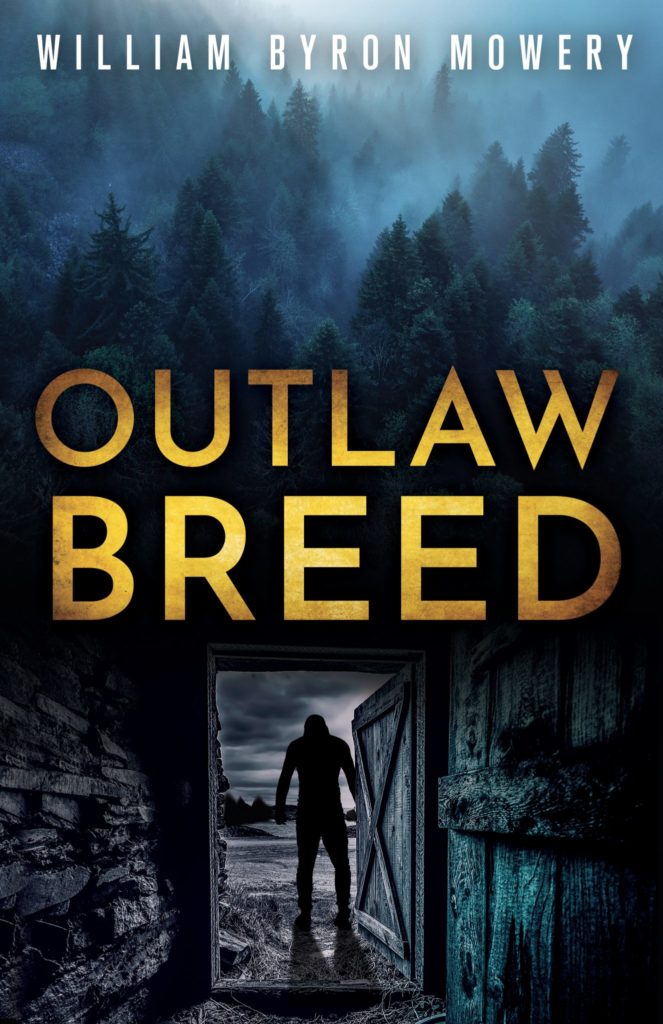


We’ve already talked about the new Men’s Adventure Quarterly Magazine—edited by Robert “Subtropic Bob” Deis and Bill Cunningham. They showcase old Men’s Adventure Magazine artwork, re-printed pulp fiction, and have fun editorials about the writers, artists, and models of the time. Each issue has a theme, issue 1 was Westerns, issue 2 will be Espionage.
While we’re on the subject, Noir City magazine is a contemporary Film Noir—and therefore by default—Pulp Fiction magazine with “The Czar of Noir,” Eddie Muller at the helm.
PulpFest

ThePulp.net is a great place to find all of the upcoming pulp-related conventions, but PulpFest is the one that they run and it’s probably the biggest. It’s usually held in Pittsburgh and this year it’ll run from Wednesday, Aug. 18th through Saturday, Aug. 21st.
The Future of Pulp – Under the Knife
I’m not saying that we alone are the future of pulp, but this seems like a good segway to announce our upcoming novel, Under the Knife. A savage novel that takes place in the 1950s and involves an aspiring Hollywood actress who ends up taking on Hitler and his re-branded Fourth Reich.
Sign up for our newsletter so you can be the first to hear about this and other novels coming from the American Pulp Library.







One thought on “New Pulp Fiction — American Pulps”